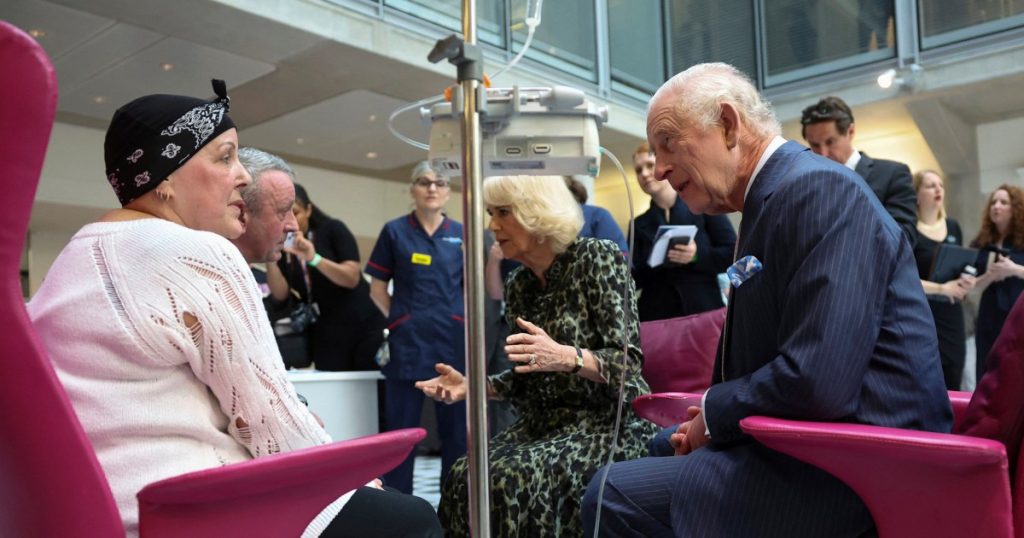King Charles III made his first formal public engagement since his cancer diagnosis, visiting a cancer treatment charity as part of his carefully managed comeback. The monarch had been sidelined for three months to focus on his treatment for an undisclosed type of cancer, as announced by Buckingham Palace in February. As Charles prepares to host a state visit by the emperor and empress of Japan in June, he is expected to make more public appearances in the coming weeks. It remains uncertain how many of the traditional royal events this summer, such as his formal birthday parade and Royal Ascot, Charles will attend as his treatment continues.
Despite his ongoing recovery, Charles’s doctors are optimistic about his progress, and his schedule will be adjusted as needed to protect his health. By participating in public events, Charles aims to raise awareness about the importance of early diagnosis and treatment of cancer and other health issues, a cause he has advocated for throughout his illness. Unlike previous royals, Charles made the decision to publicly disclose details about his health, starting with treatment for an enlarged prostate and later revealing his cancer diagnosis. This transparency has helped raise awareness and encourage more people to seek medical advice for prostate problems.
Following Charles’s announcement about undergoing treatment, the National Health Service in England reported an 11-fold increase in people seeking advice about prostate problems. His openness about his health condition and his advocacy for early diagnosis have had a positive impact on public awareness and engagement with health issues. As Charles continues his recovery and returns to public duties, he remains committed to using his platform to promote health education and the importance of early detection and treatment for various medical conditions.
The king’s return to public life signals a positive step in his recovery journey and his dedication to fulfilling his royal duties despite facing health challenges. By participating in engagements and events, Charles demonstrates resilience and a commitment to raising awareness about health issues, drawing attention to the benefits of early intervention and treatment. His decision to continue with public appearances while prioritizing his health serves as an inspiration to others facing similar health struggles, highlighting the importance of self-care and seeking medical attention when needed.
As Charles prepares to host a state visit and potentially attend additional public events, his careful management of his schedule and commitment to his recovery plan remain paramount. By balancing his royal responsibilities with his health needs, Charles sets an example for others on the importance of prioritizing self-care and well-being. His advocacy for early diagnosis and treatment, combined with his own personal experiences, continues to have a positive impact on public health awareness and engagement.
In conclusion, King Charles III’s return to public duties following his cancer diagnosis reflects his determination to fulfill his royal obligations while raising awareness about the importance of health education and early intervention. By sharing his own health journey publicly, Charles has inspired others to prioritize their well-being and seek medical advice when needed. As he continues his recovery, Charles’s commitment to promoting health awareness and advocacy serves as a valuable example for individuals facing similar challenges, highlighting the significance of early diagnosis and treatment in improving health outcomes.


